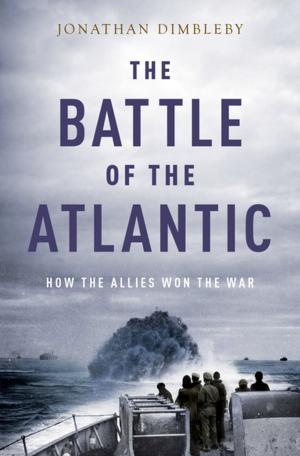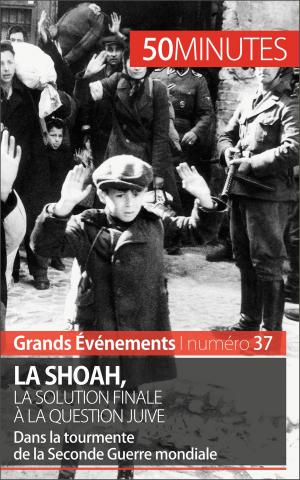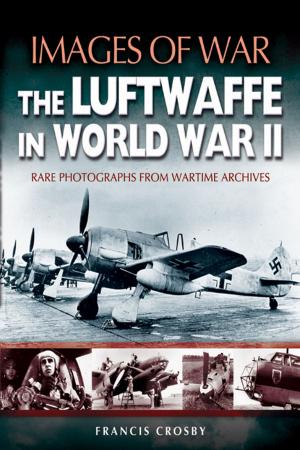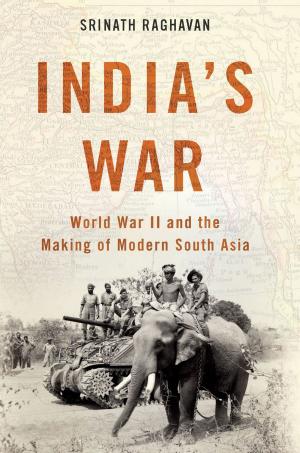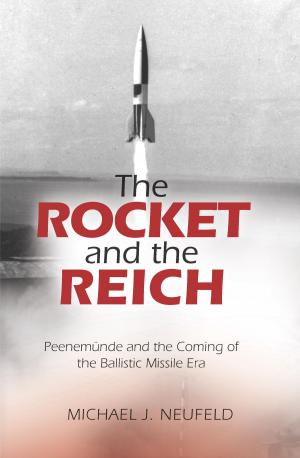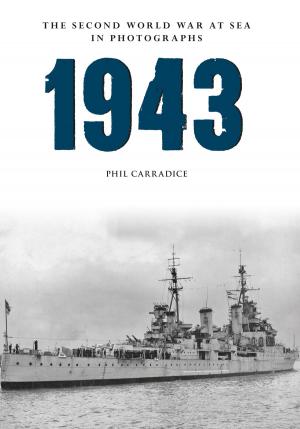The Sea Disposal of Chemical Weapons
Nonfiction, Science & Nature, Science, Biological Sciences, Environmental Science, History, Military, World War II| Author: | H. Lindsey Arison III | ISBN: | 9781301808564 |
| Publisher: | H. Lindsey Arison III | Publication: | March 5, 2013 |
| Imprint: | Smashwords Edition | Language: | English |
| Author: | H. Lindsey Arison III |
| ISBN: | 9781301808564 |
| Publisher: | H. Lindsey Arison III |
| Publication: | March 5, 2013 |
| Imprint: | Smashwords Edition |
| Language: | English |
Ticking Time Bomb. Between 1946 and 1990, on the order of 754,975 tons (over 1.5 billion pounds or 684 million kilograms) of chemical weapons were disposed in European waters. At least 21 European Nations are now potentially at risk because of the expected toxic effect on marine life and the food chain.
Critical research revealed in over 400 print pages contains 111 images including 23 declassified TOP SECRET, SECRET, CONFIDENTIAL, and RESTRICTED documents, 40 photographs, and 17 maps.
Principal Chapters:
- Evolution of Plans for the Disposition of Captured Chemical Weapons
- Accounting of All Captured Chemical Weapons
- Accounting of All Sea-Disposed Chemical Weapons
- Locations of the Scuttled Ships
- Estimated Total Chemical Warfare Agents Disposed in European Waters
- Legal Responsibilities of States
- Conclusion and The Imperative for an International Strategy
“Bottom Line”:
The environmental and public health problems facing European nations incident to the anticipated release of potentially massive amounts of slowly hydrolyzing nerve and blister agents into the marine environment are more critical and urgent than generally supposed.
Increased incidents of human and marine injury in recent years have convinced many the threat of chemical poisons leaking from the deteriorating shells, canisters, and containers on the ocean floor is an imminent and insoluble problem.
The fundamental premise of this study is that when the these sea disposals occurred, dumping of toxic CW into the ocean was the preferred disposal method and was not an act of malevolence or ill will. Such dumping was not prohibited and the effect on the environment was simply not considered important at that time. It is therefore not the intent of this book to affix blame or culpability.
Rather, a detailed analysis of principal findings underscores the imperative for an international strategy and a proposal for international collaboration and cooperation in addressing the potential problem is advanced.
Ticking Time Bomb. Between 1946 and 1990, on the order of 754,975 tons (over 1.5 billion pounds or 684 million kilograms) of chemical weapons were disposed in European waters. At least 21 European Nations are now potentially at risk because of the expected toxic effect on marine life and the food chain.
Critical research revealed in over 400 print pages contains 111 images including 23 declassified TOP SECRET, SECRET, CONFIDENTIAL, and RESTRICTED documents, 40 photographs, and 17 maps.
Principal Chapters:
- Evolution of Plans for the Disposition of Captured Chemical Weapons
- Accounting of All Captured Chemical Weapons
- Accounting of All Sea-Disposed Chemical Weapons
- Locations of the Scuttled Ships
- Estimated Total Chemical Warfare Agents Disposed in European Waters
- Legal Responsibilities of States
- Conclusion and The Imperative for an International Strategy
“Bottom Line”:
The environmental and public health problems facing European nations incident to the anticipated release of potentially massive amounts of slowly hydrolyzing nerve and blister agents into the marine environment are more critical and urgent than generally supposed.
Increased incidents of human and marine injury in recent years have convinced many the threat of chemical poisons leaking from the deteriorating shells, canisters, and containers on the ocean floor is an imminent and insoluble problem.
The fundamental premise of this study is that when the these sea disposals occurred, dumping of toxic CW into the ocean was the preferred disposal method and was not an act of malevolence or ill will. Such dumping was not prohibited and the effect on the environment was simply not considered important at that time. It is therefore not the intent of this book to affix blame or culpability.
Rather, a detailed analysis of principal findings underscores the imperative for an international strategy and a proposal for international collaboration and cooperation in addressing the potential problem is advanced.

